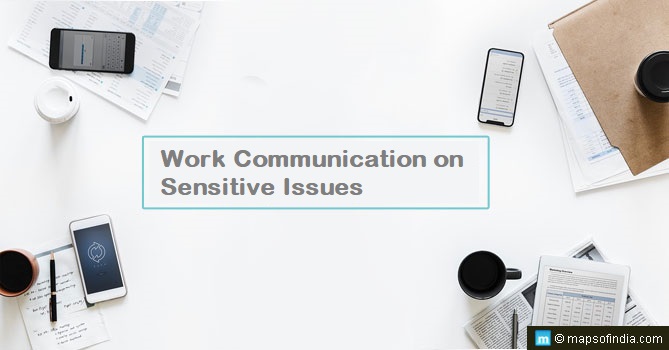A prominent engineering and global technology company named ABB India went through a structural reform from a power and manufacturing company to a technology and automation company in 2018. Among various positive developments in the organisation, in less than three years, it promoted diversity more than ever before by increasing the strength of employees to 7,000.
While speaking to HR World of the Economic Times, Raman Kumar Singh, CHRO (Chief Human Resources Officer) at ABB India, said the company has quickly become more flexible and accommodating. It would be too early for him to say that the coronavirus pandemic would have impacted the composition of the workforce. Singh said the company had made the manager the fulcrum of the decision, giving empowerment in their hands down the line, rather than only the business or functional leaders. He emphasised the flexibility of work at the organisation where if an employee wants to work only for two-three days every week and not for the entire week, and the manager is fine with it, he or she can do so; alternatively, as long as the employees are working, spending enough time in the office, employees can come early, go late, spend all the time in four days, take the fifth day off, and use that time for something else that may be needed for some other purpose.
“Three years back, when I started this role, we were at around 9 per cent women representation in the workforce. We continued to improve through the entire last year, and we ended the year at around 14 per cent representation. I believe that with the kind of flexibility, the kind of openness and the kind of focus we are showing as an organisation, this will continue to improve,” said Raman Kumar Singh on change in women’s representation in the workforce over the last few years.
Sharing ways to retain female talent in the workforce, Singh said that one should create buy-in and ownership of the line managers rather than push them to do it. He cited examples of other companies which say, “We want a certain number in terms of hiring”. He explained that the company invested nearly six to eight months talking to managers, explaining to them why hiring women is important, asking them their views and getting many forums organised within their teams to help them understand what the women in their teams feel about empowerment, right culture wherein they could grow.
“I am very glad to say that many of the line managers are open to hiring women in the shop floor, which was a difficulty across the industry earlier, but they are showing that openness. Earlier, there was a challenge of hiring women in sales. I see managers saying that if they have the right candidate, they are happy to offer the role,” Singh added.
Leadership development programmes specifically focused on women leaders because hiring women in the leadership team is difficult. Hence, the company yearly takes about 25 women from the junior to middle-level hierarchy. It has nearly a 9 to 12-month programme wherein they go through one-on-one coaching, capability-building sessions and training, learn to deal with issues as a woman employee and tackle workplace biases, he elaborated.
He shared some other best practices that include providing flexibility to male and female colleagues and communicating sensitivity towards women or diversity issues to build an inclusive mindset.
“So, I have created a task force to look at various kinds of rewards and recognition we can give to our teams, which is under process right now. The team will develop their recommendation in terms of whether we can give monetary rewards, some gamification, or provide recognition to the team. This is something we are planning for the near future,” said Singh on some of the key initiatives undertaken by the company.
He said that despite Covid induced lockdown, the company increased learning by almost 1.5 times through numerous virtual training sessions. As a KPI (Key Performance Indicator), it ensures that everybody goes through at least two or three days of training intervention. It ended last year with around 2.5 person-days of training per person, which was 60 per cent more than the training is offered in 2019. It plans the same for this year too.
According to Singh, apart from basic duties such as ensuring that the employee is getting transferred, he has a seat to work on, he is getting the offer letter, if he’s resigning and gets the full and final settlement, the first job of an HR person should be to analyse what is the kind of capability or the culture he/she wants to create in the organisation, and it has to depend on the organisational requirement.
“Once you set up the right kind of systems and processes, if you keep monitoring your team and you keep focusing on the right thing, then over some time, you can create those changes,” he concluded.



